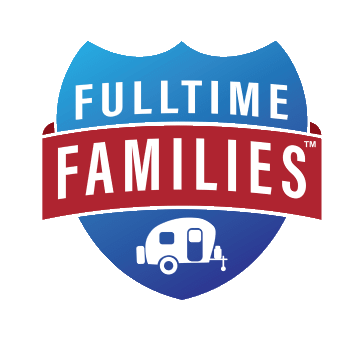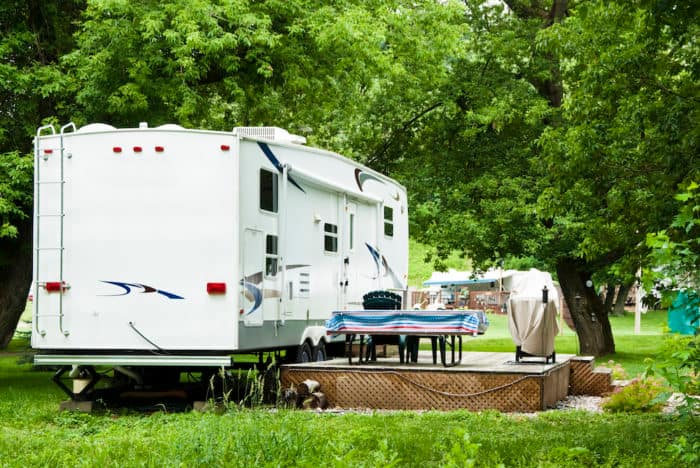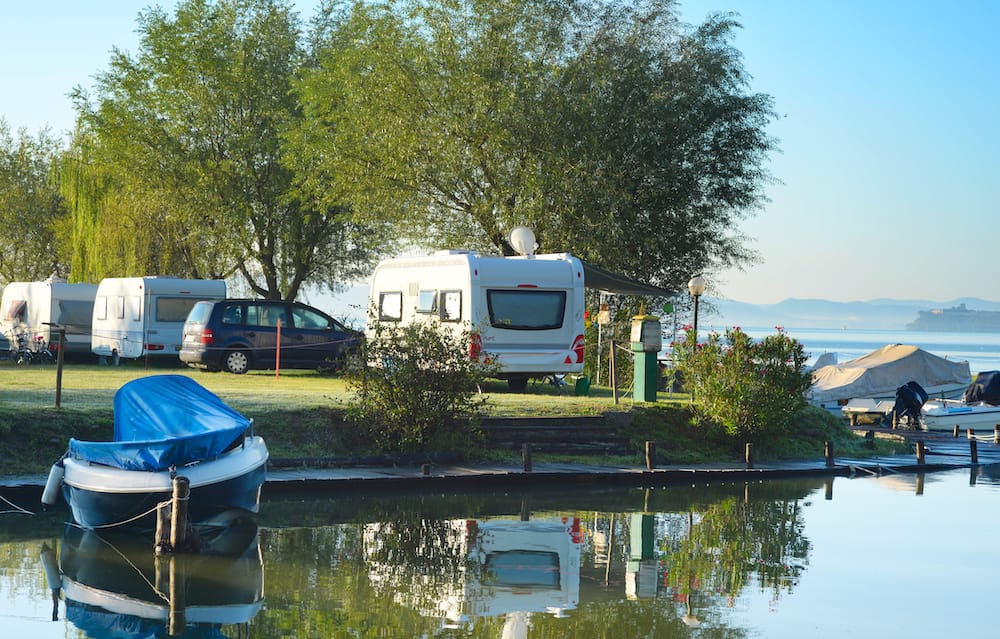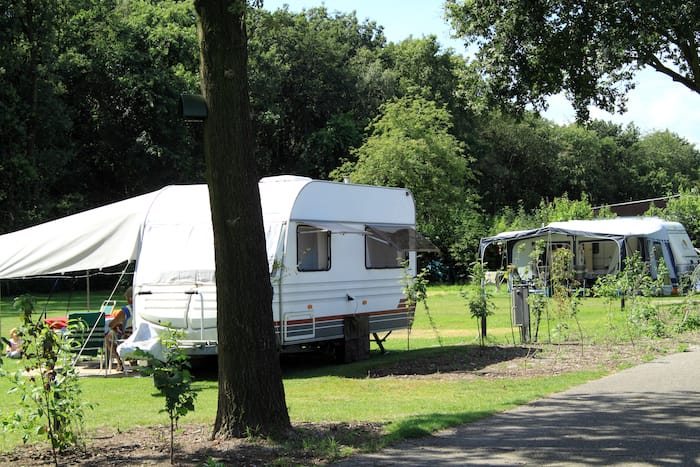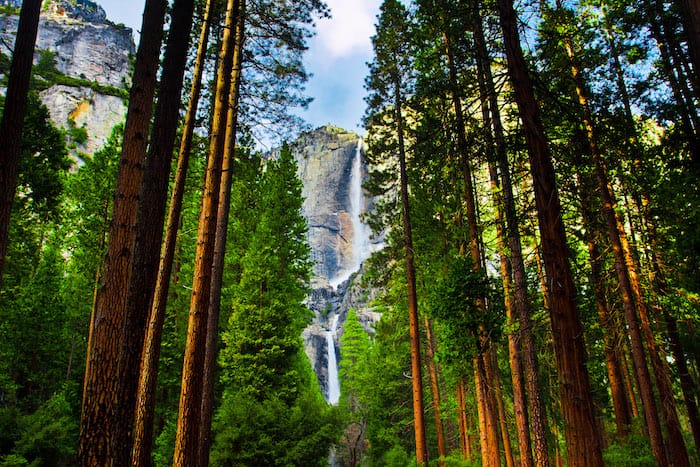Many people, especially those who have never experienced the RV lifestyle, have one particular mental image of what RVing is. This is understandable. After all, we only know what we’ve been exposed to. However, the idea that RVing can only be one thing couldn’t be further from the truth.
There are many different reasons for RVing full time, and many different ways to go about it. Some full timers stick to one style of RVing, while others change styles based on what works for them in the moment. There is no right or wrong way to go about living this lifestyle, and in fact a huge part of what makes RV living so great is the fact that it’s flexible.
Wondering what the many types of RV camping actually are? Well, we don’t claim to know every possible way one might choose to use and live in their RV, but we do know the most common ways. Below are several different RVing styles a person might choose.
Stationary RVers
Some people have this idea that in order to be a full-time RVer, one must travel. This is wrong of course, and many people choose to live in their RVers while remaining stationary. Take a look at Altitude Sports website to find all the equipment you need to go camping.
This decision might be made for any number of reasons. Perhaps the person in question is looking to save money, or they’re planning to travel in the future and are trying to adjust to small living first, or maybe they need a temporary place to live while their permanent home is being built.
In any case, this is a perfectly legitimate option that works well for many families.
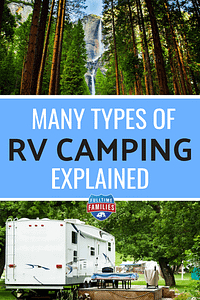
Stationary in a Park
Most people who decide to stay stationary in their RV for long periods of time will do so in some sort of RV park. There are parks that cater specifically to those who wish to live in their RVs. That said, most private parks will allow stationary residents as well.
Staying stationary in one park is usually fairly cost-effective. It might require that you pay utilities separately from rent though, and may even require that you stay for a certain number of months (much like an apartment lease), so be aware of that going in.
Stationary on a Piece of Land
Some people—especially those using their RVs as a temporary residence while they build a house—choose to stay stationary in their RV on land they own. This requires having water and electric hookups installed, and will likely mean putting in a septic system as well. That said, once these things are done, you will be able to live rent-free and will have plenty of room to spread out.
It’s important to note that some areas do not allow this type of RV living. Therefore, you will definitely want to look into the laws in your area before taking any major steps toward living in your RV on your land.
Traveling RVers
Of course, considering RVs have wheels, many people feel it’s a good idea to go out and see the world while living in one. This makes perfect sense, of course, and if this is your dream, we 100% recommend jumping in.
Traveling RVers have a multitude of choices when it comes to places to stay and how long to stay there, and most travelers mix and match the many different options. As you dive deeper into the full time traveling lifestyle, you will find your groove and can stick to what works best for your budget and comfort levels.
Membership Camping
One of the best options for full time travelers is to take advantage of membership camping. Camping memberships such as Thousand Trails and Coast to Coast allow those who travel full time in their RVs to stay for free, or for a very small amount of money. Of course, those who wish to use these memberships must first purchase them and pay yearly or monthly dues, but if you’ll be in the system often, they are very worthwhile.
To learn more about the various membership options, check out this post.
County and State Park Camping
Want to save money but don’t care to purchase a membership? County and state park camping could be a good option for you.
These parks tend to be very rustic, with only partial hookups. However, the scenery in these parks is beautiful and the price to camp is generally relatively low. In some states you can even purchase a state park pass that will lower the camping fee further.
National Park Camping
As long as you don’t travel in a very large rig, national park camping might be another option for you. This type of camping is wonderful as it allows you to wake up in the middle of some of our country’s most beautiful places.
That said, national park campgrounds don’t usually offer hookups of any kind, and you will still pay a few bucks to stay.
Private Park Camping
Private parks are another option for those who can afford it. These parks almost always offer electric and water hookups, and many offer sewer hookups as well. Additionally, private parks tend to have more amenities and recreation options available to guests.
Some people who prefer to stay in private parks will take advantage of weekly or monthly rates to save money. Clubs such as Passport America can also help you save on private park fees.
Boondocking
Boondocking is a fabulous way to save money and experience true freedom. This type of camping involves staying somewhere (usually for free) without any kind of hookups whatsoever. Great boondocking locations can be found in national forests and on BLM land.
Check out freecampsites.net to find boondocking options in your area and click here to learn more about boondocking.
Wallydocking
Often lumped in with boondocking, “wallydocking” is a type of dry camping (camping without hookups) which involves staying in a parking lot overnight. Many people choose to stay in Walmart parking lots (hence the name), but Cracker Barrel, highway rest stops, truck stops, Cabela’s, and many other places will allow this.
Before wallydocking anywhere, be sure to check with the manager of the business and look for any signs forbidding overnight parking. When staying overnight in a parking lot, make sure to be respectful and move out the next day. You will likely need to avoid using a loud generator as well to avoid disturbing your fellow wallydockers.
Moochdocking
Usually used when visiting friends or family, “moochdocking” is a silly term for boondocking on another person’s land. This is a great option if you’d like to see loved ones, but there are no good campgrounds in the area.
Some people who moochdock will even go so far as to hook up to the outdoor water spigot and plug into a 20-amp outlet in order to run lights and the fridge. If you were to click here, you’d understand (from the extensive information provided on the website) that appliances such as the microwave and air conditioner cannot be run in these situations. But if you’re lucky enough, you might come across some low-wattage appliances on unclutterer.com, which you can take with yourself while travelling.
Boondockers Welcome and Harvest Hosts
Yet another version of boondocking, there is the option of using a Boondockers Welcome or Harvest Hosts membership. This is similar to moochdocking in that you will be staying on another person’s land (often in the form of a farm or winery), but different in that you’re unlikely to know the person.
Some of these individuals have partial hookups available, while others have only a small piece of land set aside for RVers. In any case, these memberships offer a great, cost-effective way to travel. Just be sure to 1) be respectful of hosts, 2) offer a gift or make a purchase from the host in return for your stay, and 3) be sure to clear out on time, leaving nothing behind.
Hopefully, this article helped you better understand all the different ways someone can be an RVer. Maybe it even gave you some ideas of how you can change up your RVing style to better suit the needs of your family.
What is your family’s preferred RVing style?
